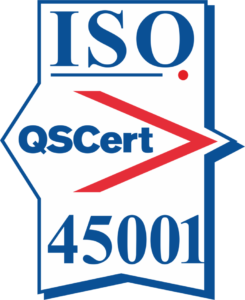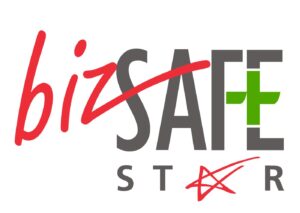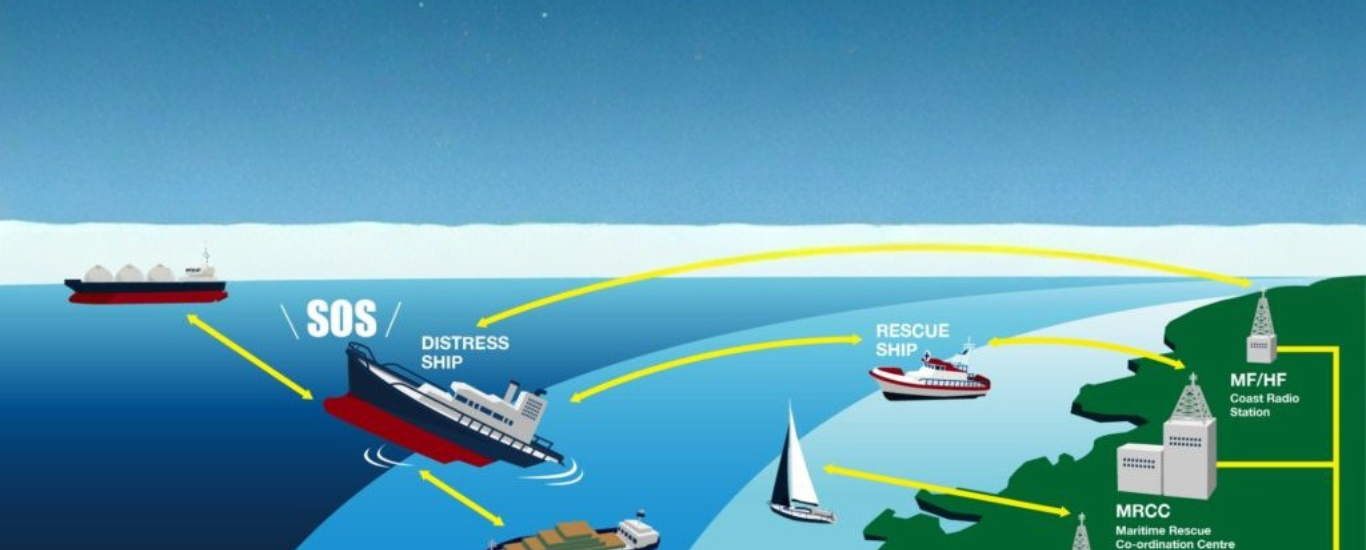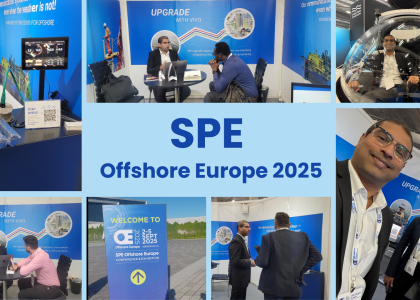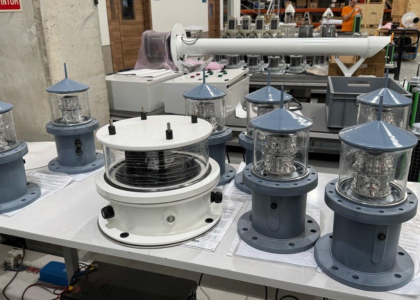Making your vessel for Sea Area A3 means equipping it with the essential communication and safety systems required under international maritime regulations.
Before a vessel can operate in specific ocean zones, it must meet the standards set out by the IMO SOLAS guidelines.
So, what exactly are these systems and how do you make your vessel fully A3 compliant? Let’s dive in.
What Is Sea Area A3?

Sea Area A3 is one of the four Global Maritime Distress and Safety System (GMDSS) sea zones defined by the International Maritime Organization (IMO).
It covers all parts of the world’s oceans outside Sea Areas A1 and A2, but within the coverage of Inmarsat geostationary satellites.
In practical terms:
- It generally extends from about 70° North to 70° South latitude.
- It includes deep-sea and open-ocean regions where VHF and MF radio coverage is no longer reliable.
- Ships operating in Sea Area A3 must carry satellite-based communication and distress equipment, in addition to standard GMDSS systems.
Sea Area A3 systems - GMDSS
When it comes to maritime safety, the Global Maritime Distress and Safety System (GMDSS) is a lifesaver, literally.
For ships operating in Sea Area A3 (which covers areas far from coastlines, beyond VHF range but within Inmarsat satellite coverage), having the right GMDSS equipment is not just a recommendation.
It’s a requirement under IMO SOLAS. Let’s break down what this means and the equipment typically installed
Equipment required for sea Area A3
VHF Radio with DSC (Channel 70)
- Brand/Model: SAILOR 7224 VHF Control Unit
- Quantity: 2
VHF radios allow ships to communicate over short distances. The DSC (Digital Selective Calling) feature makes it easy to send distress alerts directly to other ships or coast stations.
- Brand/Model: SAILOR SP3540
- Quantity: Minimum 2
Portable VHF radios are backup communication tools. They are lightweight, easy to carry, and vital if the main radio fails or during emergencies on deck.
HF/MF Radio with DSC (2187.5 kHz)
- Brand/Model: SAILOR 6320 MF/HF
- Quantity: 2
These radios allow long-range communication, essential in Sea Area A3 where VHF cannot reach.
DSC ensures distress signals can be sent automatically.
Radar SART (Search and Rescue Transponder)
- Brand/Model: TRON SART 20
- Quantity: 2
Radar SARTs help rescuers locate a ship in distress. When activated, they send signals that appear on a rescuing ship’s radar.
Navtex Receiver
- Brand/Model: SAILOR 6391
- Quantity: 2
Navtex receivers provide important navigational and safety messages, such as weather warnings or maritime alerts.
Inmarsat-C with EGC
- Brand/Model: SAILOR 6110
- Quantity: 2
This satellite communication system allows ships to send and receive messages anywhere in Sea Area A3. The EGC (Enhanced Group Call) feature broadcasts distress messages to multiple ships simultaneously.
EPIRB (Emergency Position Indicating Radio Beacon)
- Brand/Model: JOTRON 60AIS
- Quantity: 2
EPIRBs are life-saving devices that send a ship’s location to search and rescue teams in case of emergency.
Distress Panel
- Brand/Model: TEPPL Console for GMDSS Equipment
- Quantity: 1
The distress panel is the central control for activating all emergency communication systems on board.
Additional Equipment Often Found on Ships
While not strictly part of the GMDSS system, these devices support navigation and safety:
- LRIT System (SAILOR 6130): Tracks ships over long distances.
- X-Band Radar (Furuno FAR-2018-MK2/PM): Helps in collision avoidance and navigation.
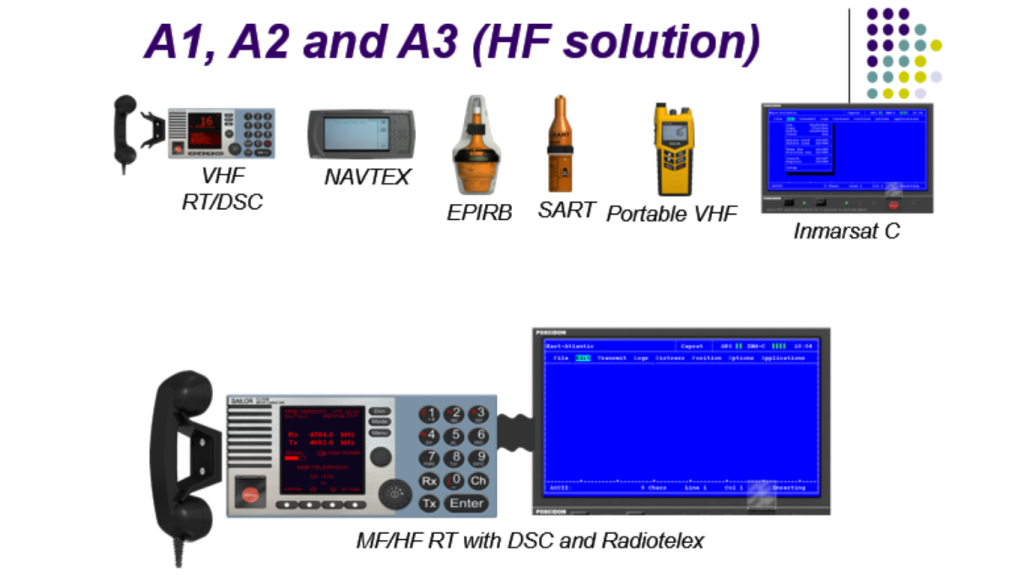
Why This Equipment Matters?
Sea Area A3 operations are far from coastlines, which means help is not immediately available. The GMDSS system ensures:
- Ships can send distress alerts instantly.
- Crew can receive weather updates and navigational warnings.
- Search and rescue teams can locate vessels quickly.
In short, these systems are not optional, they are mandatory for safety under international maritime law.
For ship owners and operators, investing in reliable GMDSS equipment is investing in the lives of their crew.
Upgrade your boat with vivo
Vivo Asia can help you upgrade the safety and capability of your offshore operations by ensuring your vessel is fully equipped to navigate in Sea Area A3.
Our expert engineers and technicians are experienced in GMDSS requirements and will guide you through a smooth, simplified process to upgrade.
From selecting the right and essential equipment to commissioning every system, we’re here to simplify your transition and keep your vessel compliant.
For more information or assistance, reach out to us at contact@vivoasia.com.


